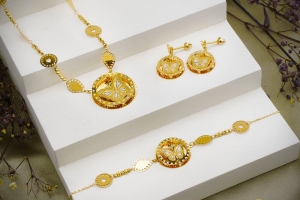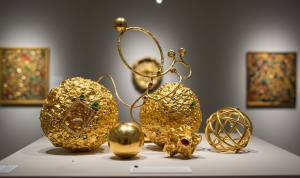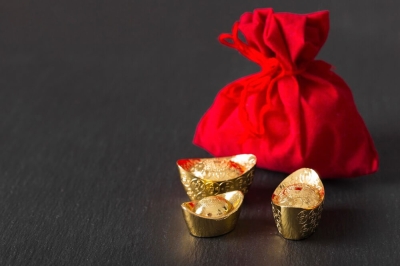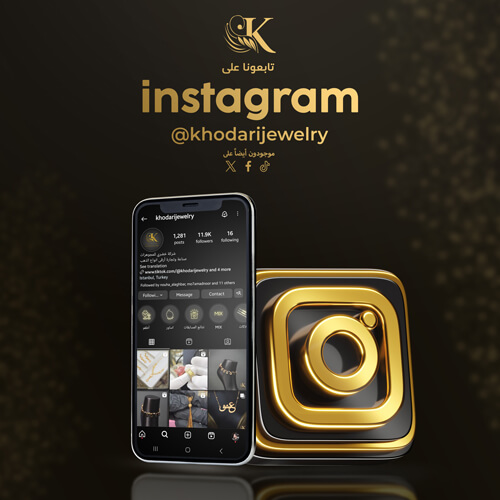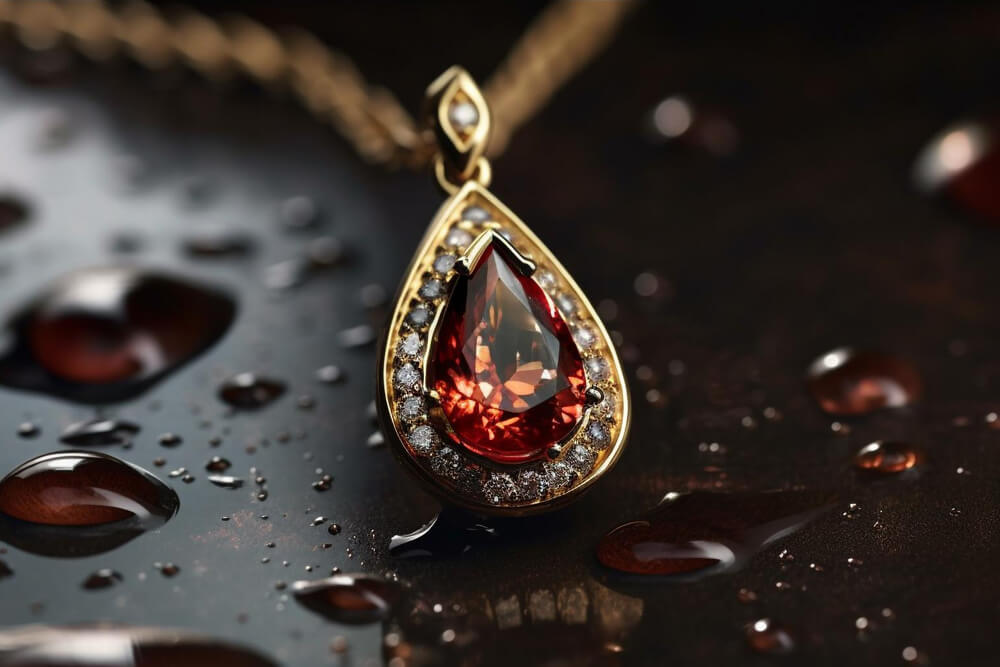
Steps to Mastering Jewelry Design: From Creativity to Craftsmanship
Jewelry design is an art that combines creativity, technical knowledge, and high craftsmanship. Mastering this field requires years of study, practice, and continuous skill development. If you aim to become a professional in jewelry design, here are some essential steps to help you develop your path in this beautiful art.
1. Basic Education and Training
- Specialization in Design: Your journey in jewelry design begins with education. Many institutions and art schools offer specialized training programs in jewelry design. These programs help you learn the fundamentals of design, understand the types of stones and metals used, and the techniques of manufacturing.
- Continuous Education: This field is constantly evolving with the emergence of new technologies and innovative tools. Therefore, it is essential to keep learning through workshops and advanced training courses to stay updated on the latest developments in the field.
2. Developing Creativity and Artistic Thinking
- Planning and Innovation: Creativity is at the core of jewelry design. You need to think outside the box to create unique pieces. Try to draw inspiration from other arts, such as architecture, fashion, or even nature. Successful artists are those who have a different vision that makes their designs distinctive and unique.
- Sketching and Manual Planning: The ability to translate ideas into sketches and initial designs is a crucial skill. This includes using manual design tools like pencils and paper or digital design programs such as CAD (Computer-Aided Design).
3. Acquiring Technical and Craft Skills
- Handwork: After sketching the design, the next phase is the manual work to create the piece. This requires precise knowledge of the properties of metals and gemstones and how to shape and manipulate them. The better your craftsmanship skills, the greater your ability to execute complex and unique designs.
- Understanding Tools: Knowing the tools used in designing and manufacturing jewelry is essential. From shaping, cutting, welding, to modern techniques like 3D printing. A good understanding of how to use these tools will help you execute your designs accurately.
4. Understanding the Materials Used
- Metals and Gemstones: Each type of metal and gemstone has its own properties in terms of hardness, flexibility, and interaction with heat. You should be familiar with all these details to choose the most suitable materials for your designs.
- Understanding Market Values: Understanding the prices and values of stones and metals in the market will help you determine the cost of your designs and see if they meet the needs of your target clients.
5. Building Practical Experience
- Hands-on Training: Education alone is not enough. You need to gain practical experience, either in your own workshops or with professional jewelry designers. Through practical experience, you will learn how to deal with clients and understand their requirements, in addition to developing your skills in executing designs.
- Building a Portfolio: Over time, you should build a portfolio showcasing your best designs. This portfolio will serve as a means to display your skills and work to potential clients or companies.
6. Marketing Yourself
- Personal Branding: Mastery in jewelry design requires marketing yourself as a brand. You should have a clear artistic identity that distinguishes your designs from others.
- Online Presence: In the digital age, having an online presence through a personal website or social media platforms is vital. You can use these platforms to showcase your designs and connect with potential clients.
- Participation in Exhibitions and Competitions: Participating in jewelry exhibitions and local and international competitions helps you gain wider recognition and attract more professional opportunities.
7. Client Interaction and Relationship Building
- Communication with Clients: A significant part of success in jewelry design lies in understanding clients' needs and expectations. You must be able to work with various clients and comprehend their desires regarding design, quality, and budget.
- Building Relationships with Suppliers and Artisans: Success in this field also requires strong relationships with reliable suppliers of stones and metals, as well as artisans whose assistance you may need in executing some complex parts of the designs.
Conclusion
Mastering jewelry design is not just about creativity; it requires a balance between artistic skills, craftsmanship, and practical knowledge. Continuous education, gaining experience, and effectively marketing yourself are the keys to achieving success in this field. By developing these aspects, you can build a successful career as a professional jewelry designer.



